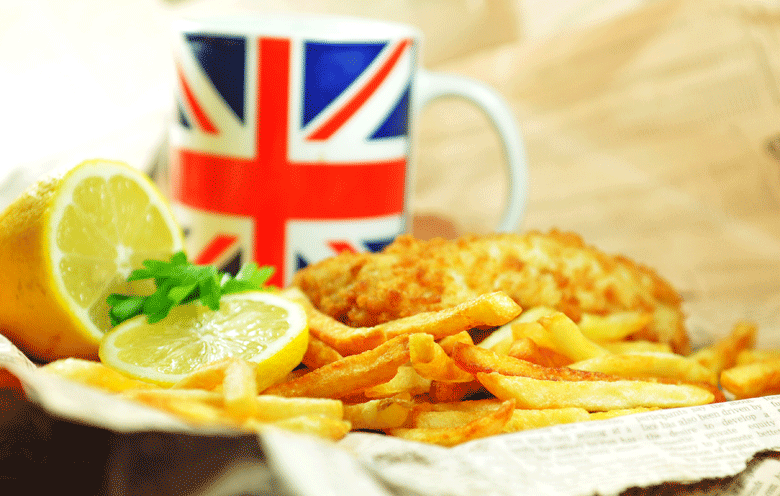
Proper food from the UK
It was once said that food from the United Kingdom was bland. This may have been the past case, but nothing could be further from the truth today. Over the last couple of decades, cuisine in the UK, not only has improved but has become spectacular. This country's chefs are producing some of the best food in the world. One of the ingredients that have helped in achieving this is, of course, the Chilli. It is used in many dishes to provide the wonderful spiciness that only the Chilli can deliver. In this section, we will explore recipes from the UK that illustrate this wonderfully
Recipes for spicy UK food
"A true British national dish".
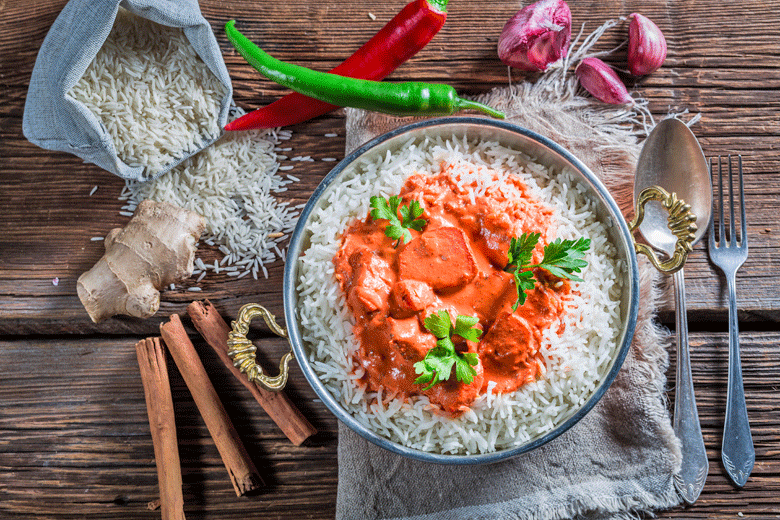
Curries from the United Kingdom
When people think of food from the United Kingdom, invariably dishes like roast beef, fish and chips, Scotch eggs, and pork pies might come to mind. Many people, however, don't realise that curries can undoubtedly be included in the definition. Indeed. The British market for curries is so popular that it is said to be in the region of four billion pounds sterling per year. That's a lot of curry.
Curries are so ubiquitous in the UK that almost every reasonable size village or town has its own Indian restaurant or takeaway. On Friday nights, you find the curry houses, as they are known, packed with customers and thousands of home deliveries made.
So just how did curry become so popular in a country not necessarily known for its love of spicy food?
It began with officials from the British Raj returning to the UK with a taste for curry that they passed on to their family and friends. The first Indian restaurants or coffee houses were opened to cater to this demand for curry. It wasn't, however, until the 1940s and 1950s that the trend towards curry being accepted by the general public really took hold. Anglo Indian owners of fish and chip shops began selling curry alongside their normal offerings to patrons, who were hungry after going to the pub. Their many satisfied customers resulted in a growing popularity for businesses.
Aren't they Indian curries?
Some curries made in the UK don't even come from India. Chicken Tikka Masala, for example, is attributed to the South Asian community in Great Britain. It is a recipe from the United Kingdom through and through. There are various accounts of how it started, but the most probable is that it began in Glasgow, Scotland. It is so popular that the former UK foreign secretary, Robin Cook, once described it as "a true British national dish". Fifteen percent of all curries consumed in the United Kingdom are Chicken Tikka Masala. Other popular choices are Tandoori Chicken, Rogan Josh, Biryani and Kormas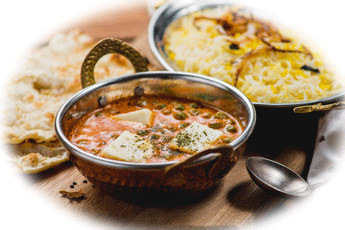
Another curry with a distinct tie to the United Kingdom is the Jalfrezi. This dish has links to the British Raj, where cookbooks described it as a way of using up leftovers by adding onions and curry. A survey in 2011 pronounced Jalfrezi as the most popular dish ordered in Indian restaurants.
Vindaloo, a popular curry in the UK, originates in Goa, India, where it started as a fusion dish between Portuguese and Indian cooking. It is, however, far better known in its British Indian form (with a recipe from the United Kingdom) as a popular dish in Indian restaurants. Vindaloos are generally considered to be pungent curries, but not as hot as the notorious Phall. This curry made with Scotch Bonnet or Habanero Chillies (as many as twelve) is the hottest in the United Kingdom. Phall is said to have its origins in Birmingham, in the United Kingdom.
Where to find the best curry
Birmingham, in particular, is renowned for its curry. There is even an area (called the Balti triangle) comprising Ladypool Road, Stoney Lane, and Stratford Road, where there is a concentration of what are termed Balti houses. These are restaurants that specialise in Balti curries named after the pot in which they are cooked. A Balti pot resembles a deep cast iron wok with two handles. Baltis are very popular amongst the British
And finally
Many curries in the United Kingdom are made to please the UK palette. These are made from recipes developed in the United Kingdom. A typical example of this is already mentioned Chicken Tikka Masala. There are various accounts of how it started. One story goes along the lines of an Indian chef in Glascow adding tomato soup to a more traditional dish to appease a fussy customer. The customer was so pleased that the dish was added to the restaurant's menu. From there, its popularity spread exponentially.
The customer was so pleased that the dish was added to the restaurant's menu. From there, its popularity spread exponentially.
If you enjoy a more traditional Indian curry, you may struggle to find a local restaurant that caters to your needs. You can find them, but they are more the exception than the norm. Another way to get what you want may be to make your own curry at home. Some good results can be obtained by following a simple procedure. Once you have done this, all you need is to allow it to cook slowly. Give or take a couple of hours, and you will have a curry that is very much like the real thing.

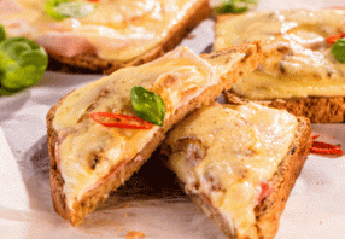

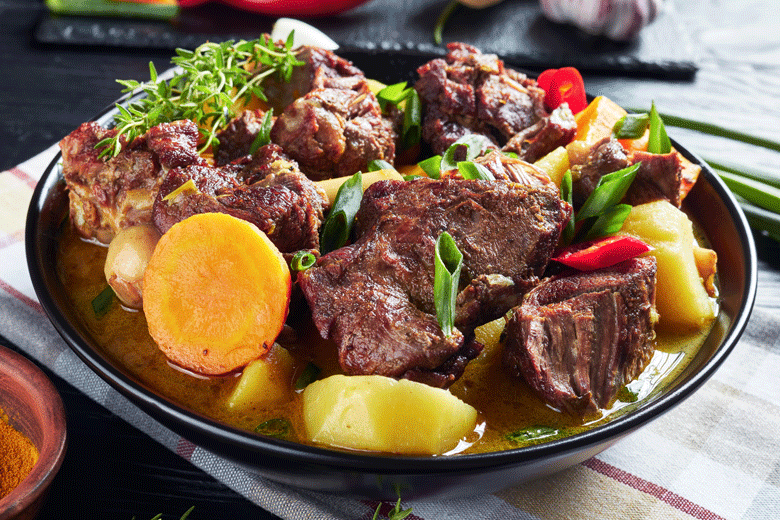
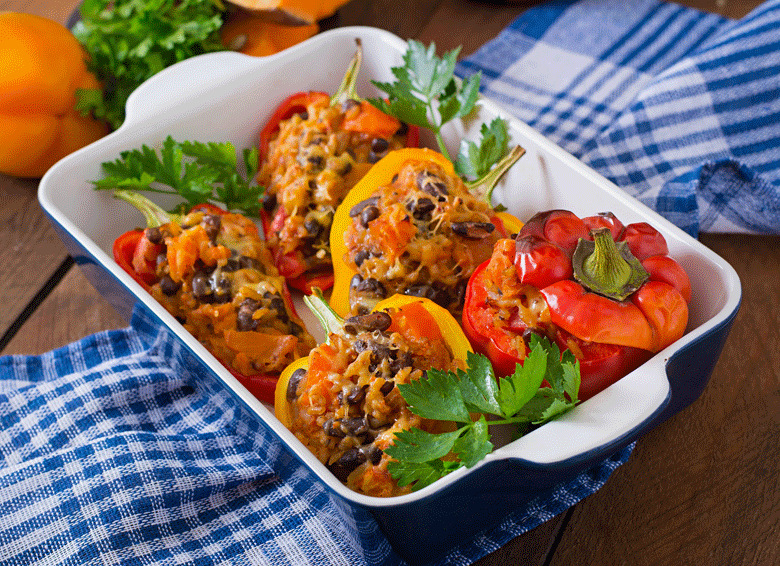
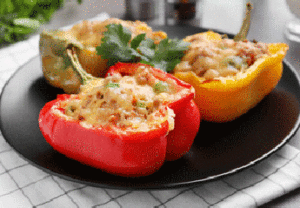
 Jalapenos poppers recipes
Jalapenos poppers recipes 


 Using your harvest
Using your harvest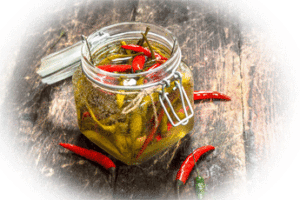 extraordinary
extraordinary 

 (from Laos),
(from Laos), 
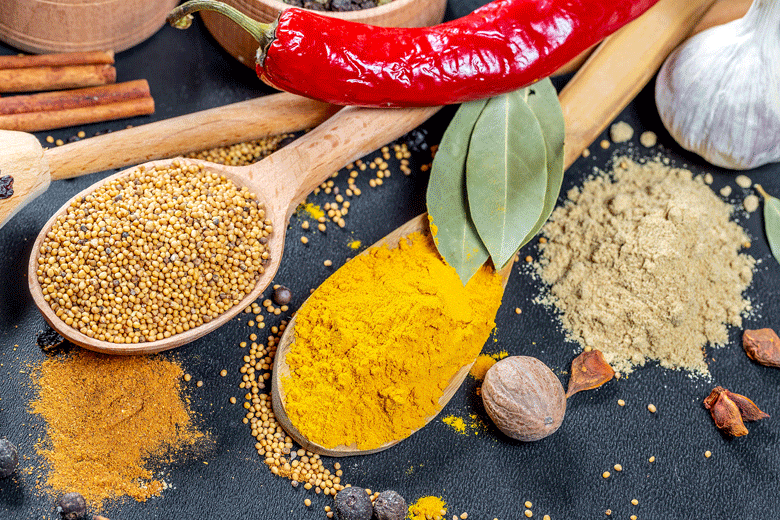


 great indoor ornamental plants
great indoor ornamental plants